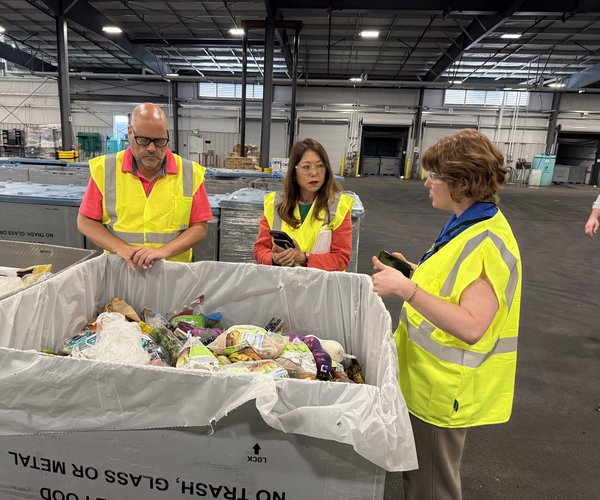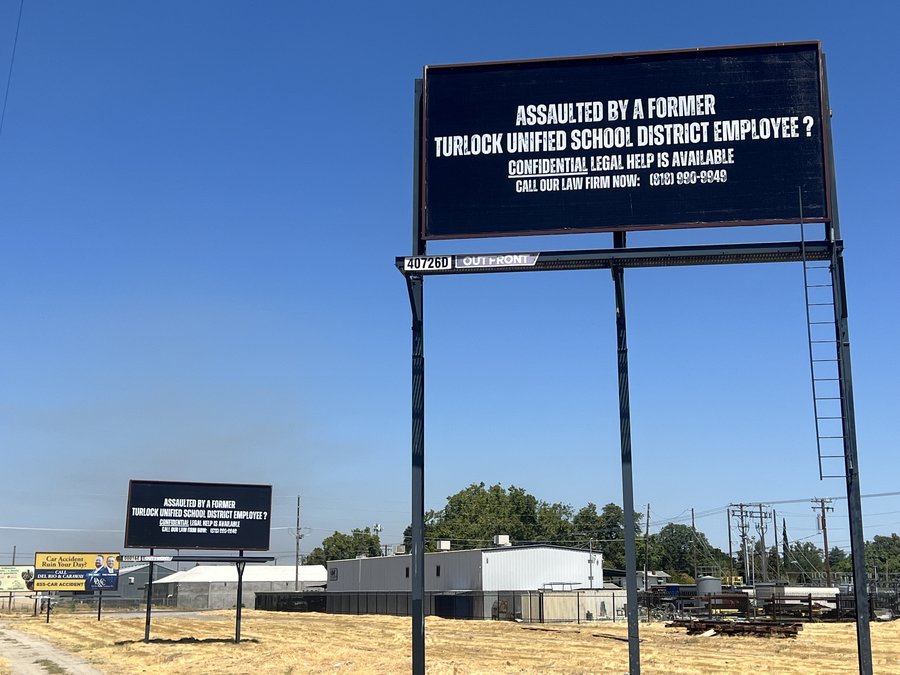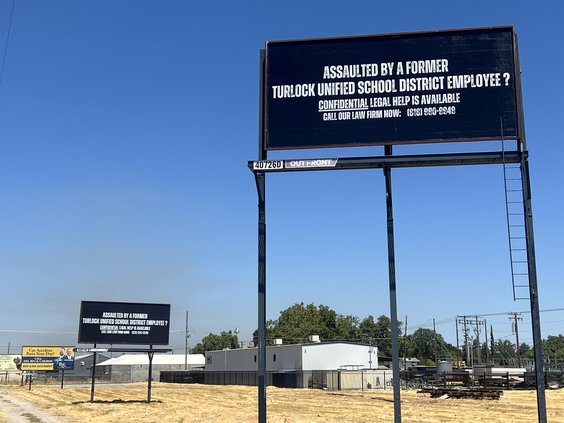The North San Joaquin Valley – consisting of adjoining counties San Joaquin, Stanislaus and Merced – exceeded the California state average in job growth this past year, according to the Center for Business and Policy Research at University of the Pacific, but still has plenty of work to do if the agricultural region hopes to be taken seriously by neighboring political and business communities.
Jeffrey Michael, executive director of CBPR at UOP, presented the center’s 2017 NSJV Index at the NSJV Conference in Modesto last week, giving insight into areas where the Valley has progressed over the past year, as well as the categories where there is still progress to be made. The conference also featured a panel discussion between CBPR Associate Director Thomas Pogue, Tammy Brecht Dunbar, an experienced Manteca educator and 2016 California Woman of the Year for Assembly District 12, and David Darmstandler, CEO/Co-Founder of Datapath, an IT managed services and network security provider located in Modesto.
Michael explained that the NSJV is part of the larger Core Northern California Megaregion, serving as the intersection to other members like the San Francisco Bay Area and the Sacramento Capital Region and the neighboring South San Joaquin Valley Region. In order to boost economic and enhanced quality life, CBPR concluded in 2014 that three areas where regional collaboration could benefit the NSJV are regional identity, infrastructure and human capital.
“The index and annual conference are tools to help build regional identity, and speak conversation and action about opportunities for regional action to further common goals for economic and community development,” said Michael.
He pointed to the ACE Forward project as a recent example of positive regional action, which will extend rail service beyond San Joaquin County to Stanislaus and Merced, and suggested that developing a regional airport of its own is another step the NSJV can take to become more accessible to other regions.
“Why not look into a regional airport?” Michael asked. “There is a lot more this region needs to attract a more diverse business community, and one of those things is an airport.”
A booming economy also attracts business owners, and the 2017 NSJV Index presented by Michael revealed that the region has made some positive strides this past year. The poverty rate dropped substantially in 2016, he said, and the rate in San Joaquin and Stanislaus counties is now equal to the state average, closing a long-standing and persistent gap between the region’s two largest counties and California.
“The poverty rate is now back to pre-recession levels across the valley,” said Michael.
The NSJV also added approximately 15,000 jobs between 2016 and 2017 for a 3.5 percent gain, and employment gains in the Trade/Transportation and Healthcare sectors have contributed to a majority of employment growth in the valley over the past decade. In the past year, however, job growth has been far more balanced across the different sectors, though many middle-class occupations, like manufacturing and construction, are on the decline.
While the NSJV economy, as measured by GDP, grew to $54 billion in 2016 – a growth pace of 4.1 percent, which is more than double the U.S. growth over the same period – the very small presence of high-skill, high-paying sectors like professional services and information are a major economic challenge for the region.
“…this industry’s share in the NSJV is only ten percent of the U.S. average,” said Michael.
Other indicators of economic prosperity in the NSJV, as presented by the index, include the fact that median household incomes experienced the best growth in a decade in 2016, and vacancy rates for commercial real estate are dropping, while average rents are rising.
Despite the fact that the value of agriculture output dropped in 2016 for the second year in a row (likely due to drought conditions), income and wages within the industry are all significantly higher than they were five and ten years ago.
“Wages were flat from 2008 to 2011, but since 2011, the average weekly wage has increased from $502 to $637 now in 2016,” said Michael.
Looking forward, small businesses expressed in the UOP survey that they are increasingly optimistic about future demand, but remain concerned about rising costs, healthcare policy and workforce skills.
In the panel discussion, both Dunbar and Darmstandler emphasized the importance of growing the tech and specialty industries here in the NSJV – whether it be by enticing Bay Area entrepreneurs to work and reside here, or introducing students to the opportunities technology can provide.
It’s been difficult to find experienced workers to contribute to Datapath, Darmstandler said, whose company is constantly expanding. The organization has been named to the Inc. 5000 Fastest Growing Companies List for straight six years.
“The challenges are – there are a lot of them, obviously – as you grow, finding specialists is pretty difficult. So, we’ve taken kind of a ‘greener pastures’ approach, trying to draw people from the east bay,” said Durmstandler.
Many employees that live and work in the bay find it to be too expensive, he explained, thus making home ownership in the valley more desirable. Datapath’s wages are also based on the state average, rather than the NSJV average.
Less tech and specialty workers in the region also gives employees a better chance at making a name for themselves, said Durmstandler.
“As far as opportunities, I think the impact you can have as a professional here in this area is far different from the impact you can have over in the Bay Area,” he said. “Over there, you’re just a number.”
Creating the next generation of tech workers in the NSJV begins in the classroom, added Dunbar. She teaches fifth grade in Manteca Unified School District, which was one of the first districts in the state to have a one-to-one student-to-device ratio, meaning for every student in the district, there is a Chromebook for him or her to use.
There are problems that come with relying on technology as part of the schools’ curriculum, however, such as getting teachers on board with going digital.
“A lot of the problem is, you can’t teach the kids until the teacher has skills and confidence,” said Dunbar. “A lot of teachers think that they have to 100 percent know something before they can teach it.”
Exposure is the best remedy, she continued, as made evident in Manteca.
“We took about a year and a half to train teachers on the devices, and then just let people go and experiment and explore,” said Dunbar. “Now, we’ve got teachers who have confidence, who are trying new things.”
Tech is a key which can truly transform economic opportunities, both panelists agreed, and to deepen the global competitiveness of the Northern California Megaregion, businesses and educational institutions must work together.
To view the NSJV Index, visit www.pacificcbpr.org.









